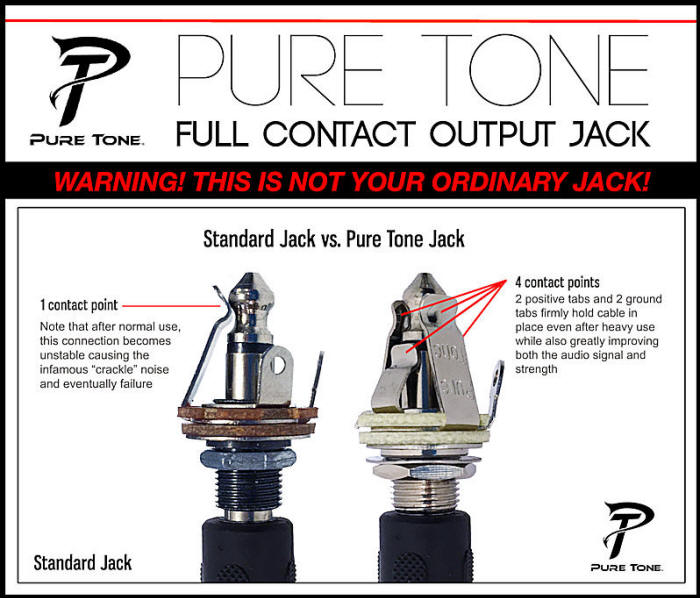JohnH
Well-Known Member
I'll delete or modify this post, but is there a recommended source / part # for the inductors ?
Bypass switch if used should be a " shorting [ MBB ] " to not leave the amp with no load when switching? If someone points me to the correct page with inductor info I'll change this post thanks.
Hi @okgb - good questions (worth asking!) The inductors tend to come from places that sell cross-over components for speakers. In the US, Madisound has the goods. They do a range in 19 ga which is fine for the 50W versions. They do 16 ga too, which would be good for 100W builds. Where are you? Happy to dig deeper and pot a product.
For a bypass switch, yes I guess mbb is best, but its moot because I would never recommend switching a full bypass switch on the fly. Always put the amp into standby while you do it. That would apply to any attenuator.
hi @_Steve , actually nobody has asked about doing a 300W version before! What would you be using it with? The power doesn't change the values but all power and current ratings and gages would go up for wire, coil, resistors and switches. And also jacks. It would depend if you really intendrd to push such an amp, and also what ohms its for. Also, it would need powered fan cooling and be built big and open to spread heat.
The power ratings per the diagrams are based on the nominal amp power, allowing that they may get pushed. On that basis, 50W ones seem to stay reasonably cool/not too hot, if built with good venting and heavy chassis, and by 100W, if cranked, more serious heat is created needing better active cooling.

